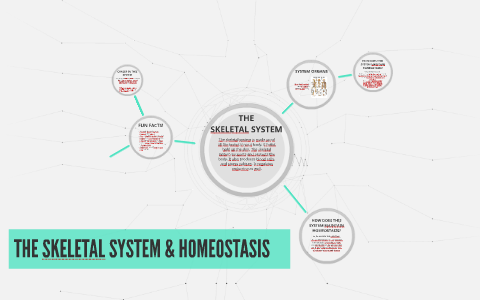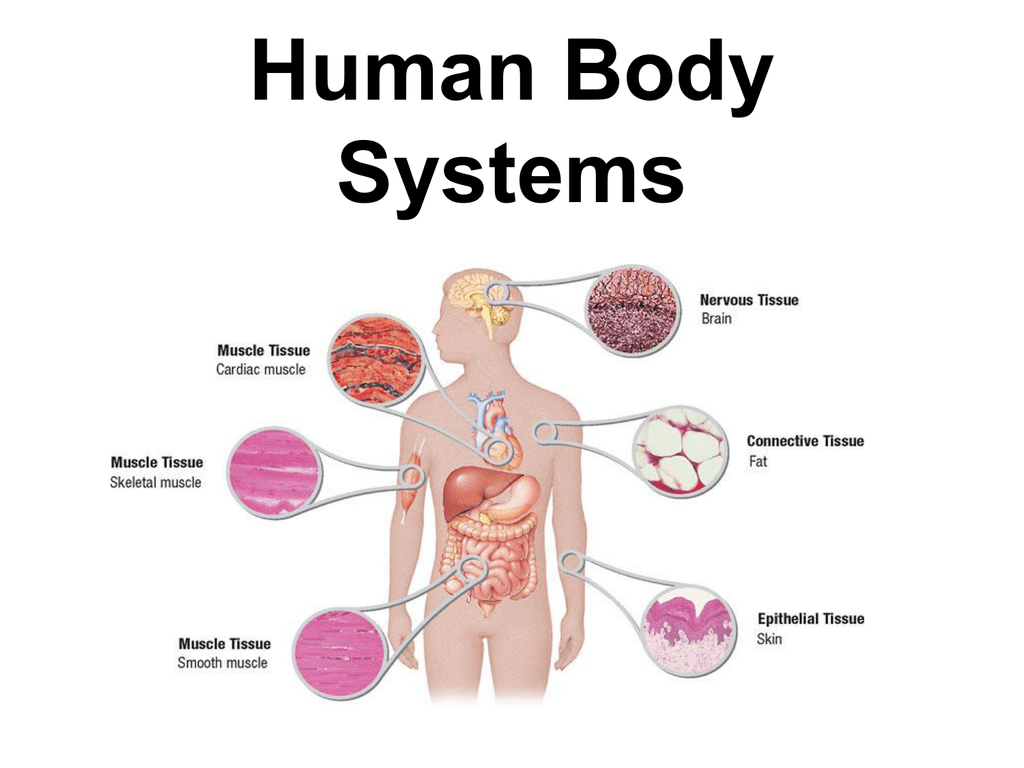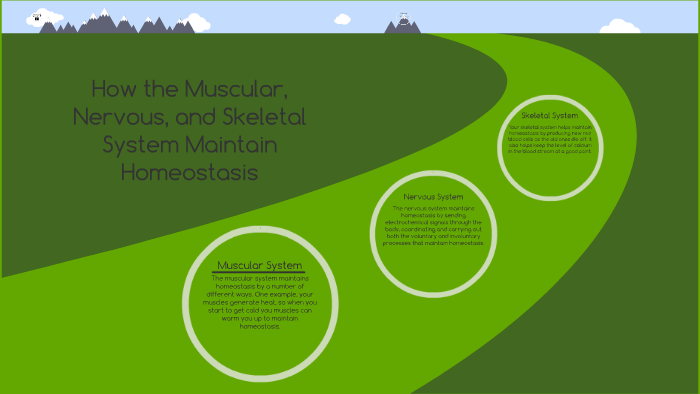Skeletal System Maintains Homeostasis
Skeletal system maintains homeostasis. Your skeletal system helps maintain homeostasis by producing new red blood cells as the old ones die off. Skeletal Homeostasis Volume I. Temperature homeostasis is maintained by producing thermal energy.
Your skeletal system helps maintain homeostasis by producing new red blood cells as the old ones die off. Volume is a measure of the. Bones serve as reservoirs for calcium and phosphorous.
Found insideRegular exercise can also help maintain healthy bone tissues. Learn vocabulary terms and more with flashcards games and other study tools. Skeletal homeostasis remains intact as long as the activities of both osteoclasts and osteoblasts are balanced.
Mineral and Fat Storage. Calcium is needed for muscle contraction and nerve impulse conduction. They both move to maintain homeostasis.
For your body to get back up to that temperature it uses homeostasis of the skeletal muscles by. Organisms use various processes to maintain certain parameters such as temperature salinity or oxygen. Relate When does the iris contract.
Homeostasis refers to an organisms ability to resist changes in its internal environment. The skeletal system helps maintain homeostasis by producing new red blood cells as the old one dies off. These body systems work together to maintain a normal calcium level in the blood Figure 671.
These systems have an indirect relationship because the skeletal system depends on the integumentary system for calcium that is essential to keep the bones strong and hard. The skeletal system gives the body shape and form and helps to both protect and support the entire organism.
Relate When does the iris contract.
The excretoryurinary system help the body maintain homeostasis by filtering waste from blood getting rid of waste and regulates fluid levels in the body. Homeostasis refers to an organisms ability to resist changes in its internal environment. The muscular system maintains and regulates temperature in the body. About 99 of the bodys calcium and 85 of the phosphorus are stored in the bones of the skeleton. Bones serve as reservoirs for calcium and phosphorous. The skeletal system helps maintain homeostasis by producing new red blood cells as the old one dies off. The skeletal system gives the body shape and form and helps to both protect and support the entire organism. The skeletal system maintains homeostasis by supplying calcium and working with the muscular system to move away from unpleasant stimuli. In some of your bones there is bone marrow.
Our community brings together students educators and subject enthusiasts in an online study community. Bone structure and function. The bones of the skeletal system act as a reservoir for calcium and can be broken down to release calcium into the blood if blood calcium levels are low. The skeletal system maintains homeostasis by supplying calcium and working with the muscular system to move away from unpleasant stimuli. The endocrine nervous and muscular systems work together and maintain temperature homeostasis. The skeletal system helps maintain homeostasis by producing new red blood cells as the old one dies off. Stores and releases minerals and fat.







































Post a Comment for "Skeletal System Maintains Homeostasis"